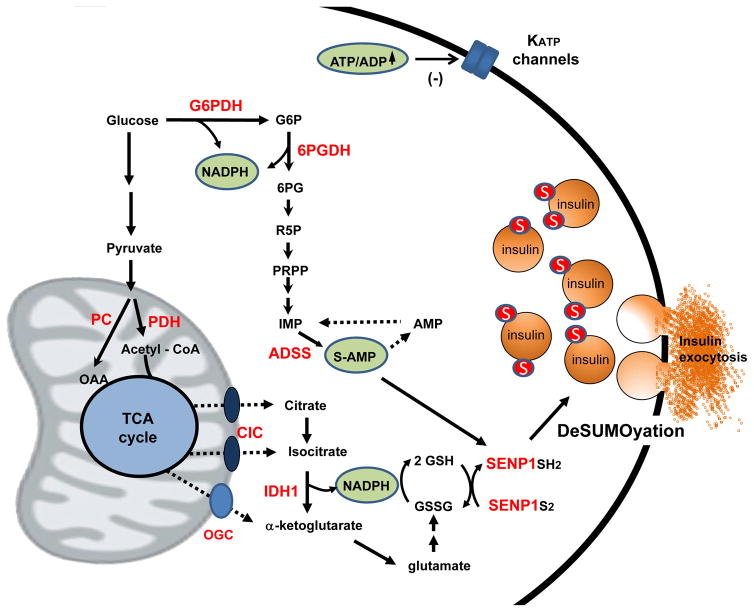Figure 1. New mechanisms of glucose-stimulated insulin secretion revealed by metabolomics.
In addition to the classical pathway involving glycolytic and oxidative metabolism of glucose to increase ATP:ADP ratio and inhibit KATP channels, our recent metabolomics studies identify two pathways that play complementary roles. First, anaplerotic metabolism of glucose via pyruvate carboxylase (PC) rather than pyruvate dehydrogenase (PDH) creates excess TCA cycle intermediates that leave mitochondria in the form of citrate and isocitrate via the citrate/isocitrate carrier (CIC). Isocitrate engages with the cytosolic, NADP-dependent isoform of isocitrate dehydrogenase (IDH1) to form NADPH and reduce glutathione, leading to reduction and activation of the deSUMOylase enzyme SENP1. In addition, metabolism of glucose via the pentose shunt enzymes glucose-6-phosphate dehydrogenase (G6PDH) and 6-phosphogluconate dehydrogenase (6PGDH) contributes to nucleotide synthesis, particularly the conversion of IMP to S-AMP via adenylosuccinate synthase (ADSS). S-AMP also stimulates insulin secretion in a SENP1-dependent manner. Figure modified from reference 37 and used with permission.

